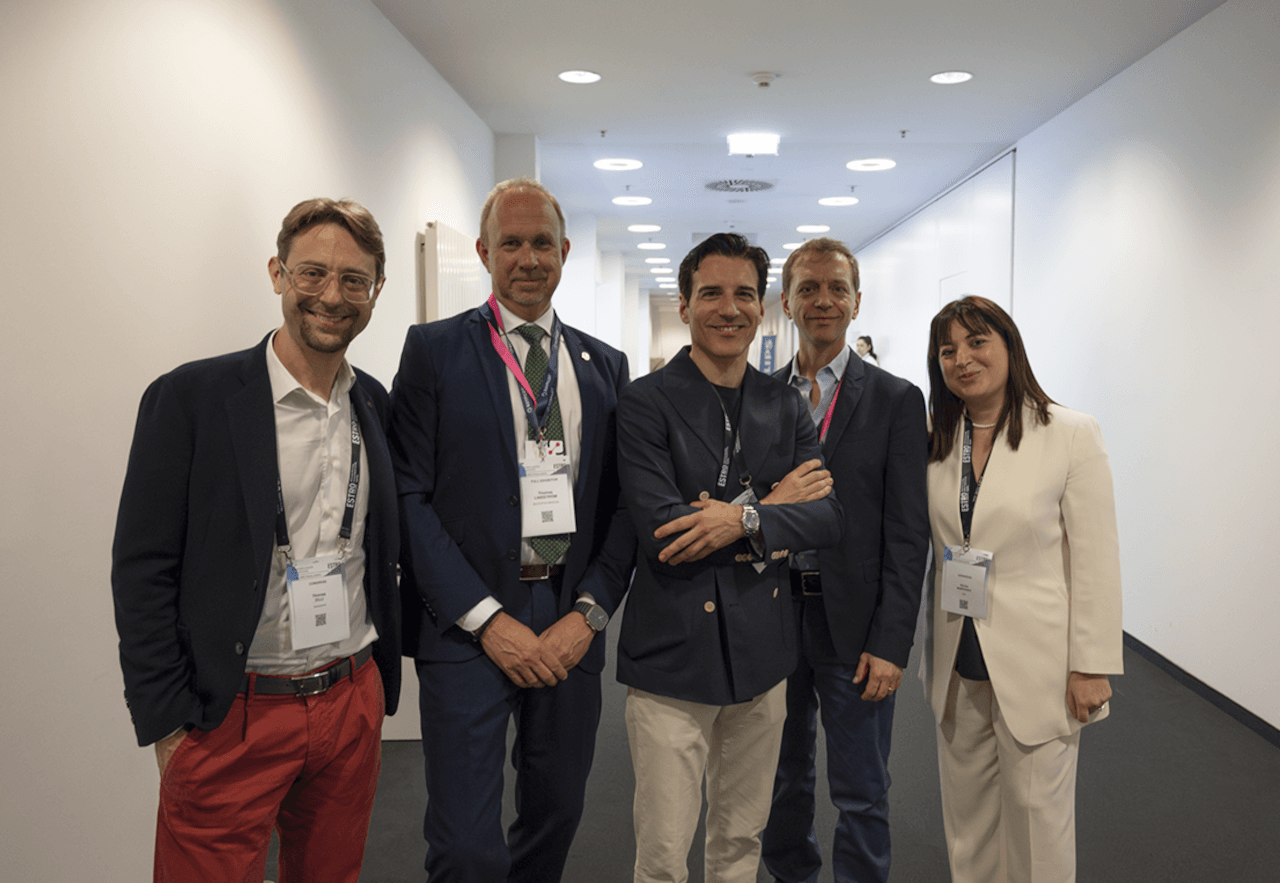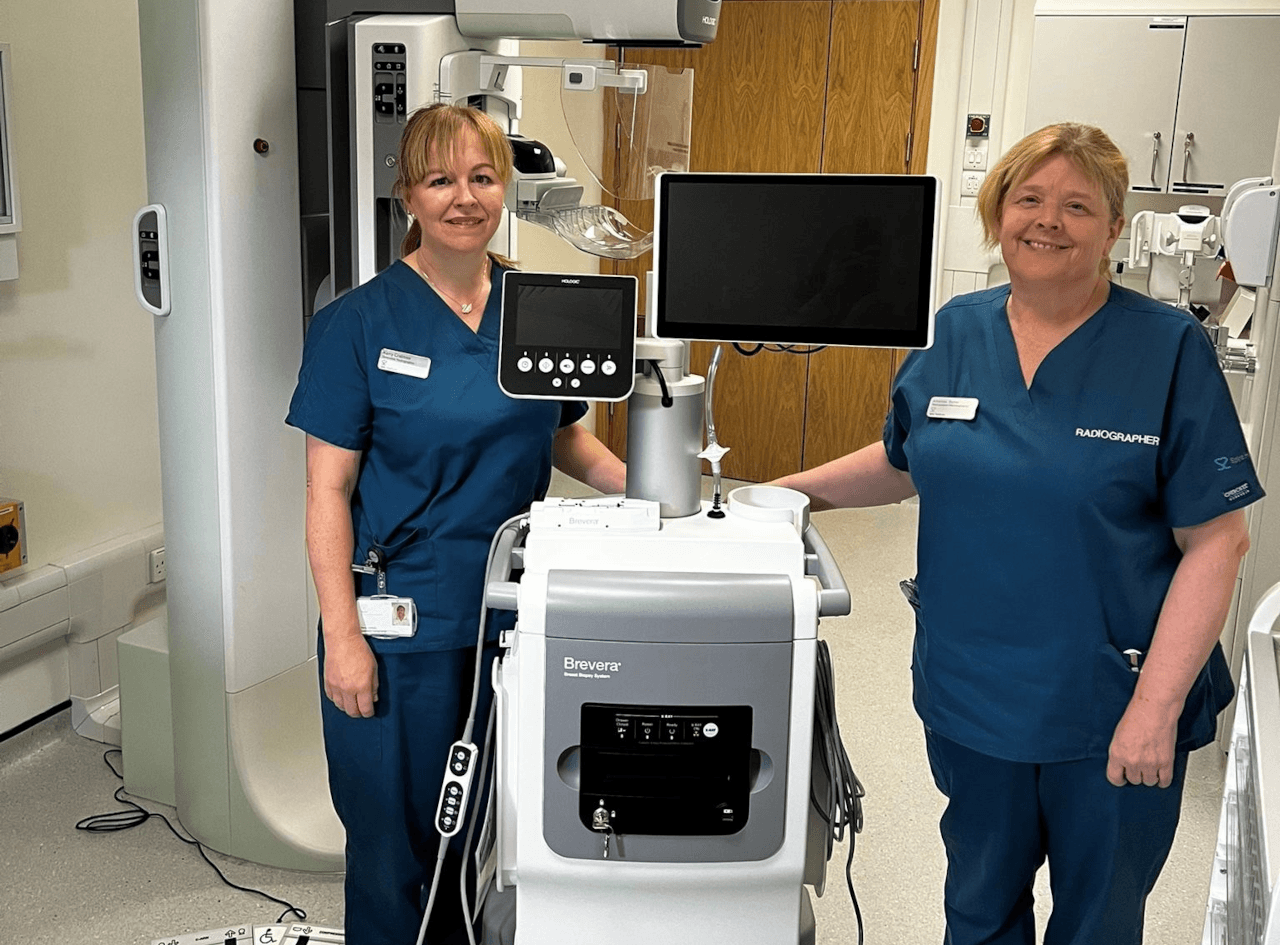Speakers discuss how augmented SBRT reduces side effects of prostate cancer treatment

At this year’s ESTRO Congress in Vienna, Austria, Micropos Medical hosted a seminar on augmented stereotactic body radiation therapy (SBRT), a concept encompassing technologies for motion tracking and enhanced methods for accuracy in radiotherapy for prostate cancer, with a focus on treatment outcomes and quality of life.
The seminar brought together experts in the field and promoted continued development and collaboration to ensure these options reach more patients. It focused on innovation, methods and technology that ensure patient quality of life through modern, accurate and effective prostate cancer treatment with good outcomes and minimal side effects. The ultimate vision is ‘zero toxicity’. The speakers expressed optimism about the treatment possibilities already available, sharing experiences and research findings.
Long-term studies have shown that treatments involving five or seven radiation sessions at higher doses can combat cancer as effectively as traditional treatment of 20 or more sessions. With these findings, the field is shifting toward fewer sessions with higher radiation doses per treatment becoming the standard.
Augmented SBRT makes use of the possibilities already in place: precise, effective prostate cancer treatment with minimal side effects, benefitting patients by preserving their quality of life and offering more convenient treatment.

“The goal is treatment in five or fewer sessions with zero side effects. That is entirely possible and already being done today,” said Thomas Lindström, managing director of Micropos Medical, the company that developed the Raypilot radiotherapy positioning system.
“We are pleased with the very positive reception of augmented SBRT. Now we will continue to work together with clinical researchers and industry partners to raise awareness and increase knowledge about the available treatment opportunities,” said Lindström.
Picture: Micropos Medical MD Thomas Lindström (second left) with speakers Professor Thomas Zilli, Professor Filippo Alongi, Professor Stefano Arcangeli and Professor Giulia Marvaso.
Read this report on page 11 of the August 2025 issue of RAD Magazine.


